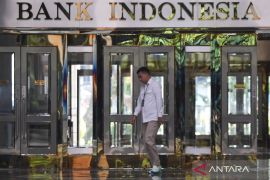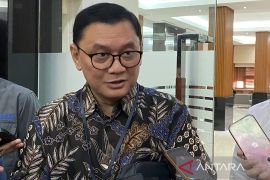Its portion of the digital rupiah will be done step-by-step.Jakarta (ANTARA) - Bank Indonesia (BI) is currently studying two approaches for the dissemination of digital rupiah in preparing for the implementation of the Central Bank Digital Currency (CBDC) in Indonesia.
"Bank Indonesia is exploring two methods for digital rupiah distribution either by using the direct way (one-tier) or the indirect (two-tier approach)," BI's head of Macroprudential Policy Department, Juda Agung, stated during the Fit and Proper Test for the BI Deputy Governor candidate with Commission XI of the House of Representatives here on Tuesday.
Agung explained that the one-tier or direct approach means that all households and corporations can obtain digital rupiah tokens directly from the Central Bank, he affirmed.
The two-tier or indirect approach is conducted through two stages, wherein Bank Indonesia will circulate digital rupiah through banks and the people can then purchase the tokens through banking, according to Agung.
"In our opinion, the second option is more appropriate because it is similar to the circulation of banknotes and coins," Agung added.
Related news: Digital rupiah to improve economic efficiency: BI
Furthermore, he deemed the issuance of digital rupiah as being important to maintain the sovereignty of a country's currency on account of an increase in the number of digital transactions.
The digital rupiah is able to manage the effectiveness of the Central Bank's monetary policy, stabilize the financial system, and encourage financial inclusion, he remarked.
Regarding the global data on digital currency distributions, he cited a survey in which 60 percent of the world's Central Banks are already considering implementing CBDCs and some 14 percent of them have already piloted their version of digital currencies.
Nevertheless, Agung emphasized that the use of digital rupiah will not fully replace the rupiah banknotes and coins, so the implementation of digital currency will be conducted gradually up to 20 percent of all forms of money being circulated.
"This avoids the risk that digital currency faces, such as power outages. If the currency is all digital, then the risk is also high. Hence, banknotes and coins must still exist, and its portion (of digital rupiah) will be done step-by-step," he concluded.
Related news: Rupiah expected to remain stable on positive domestic cues
Translator: Agatha V, Kenzu T
Editor: Suharto
Copyright © ANTARA 2021












